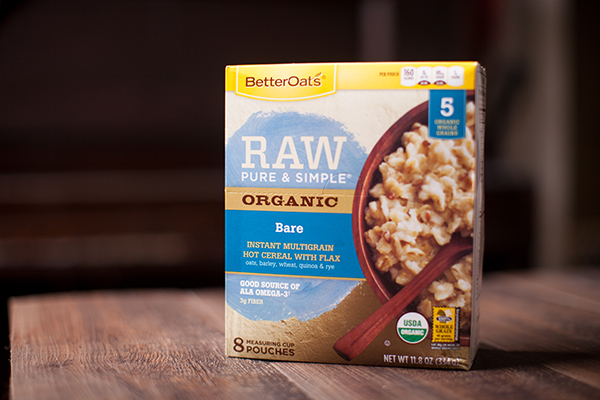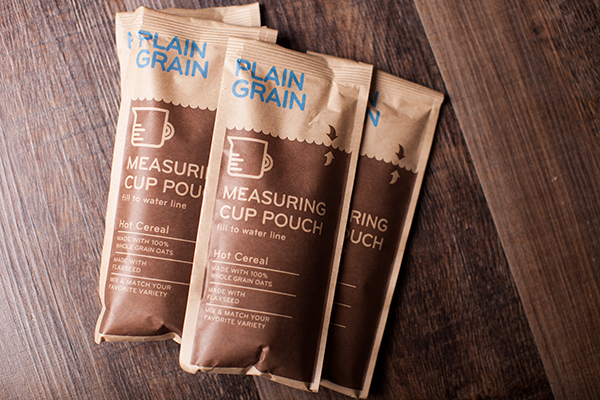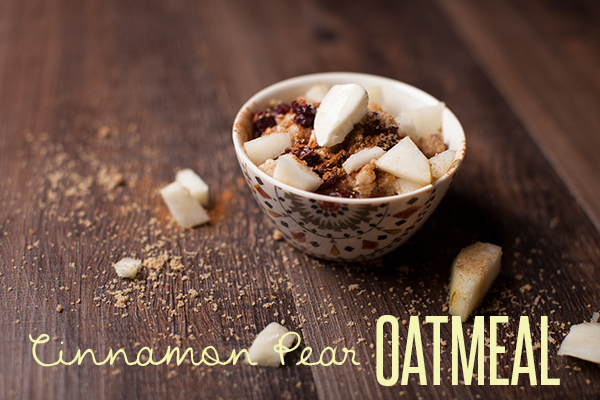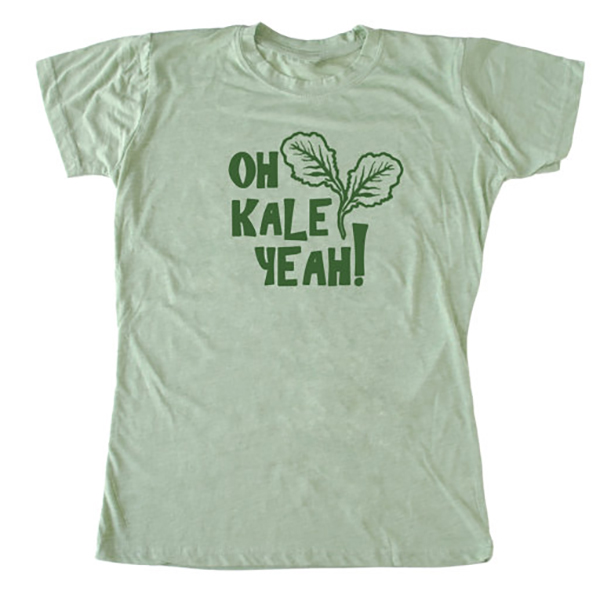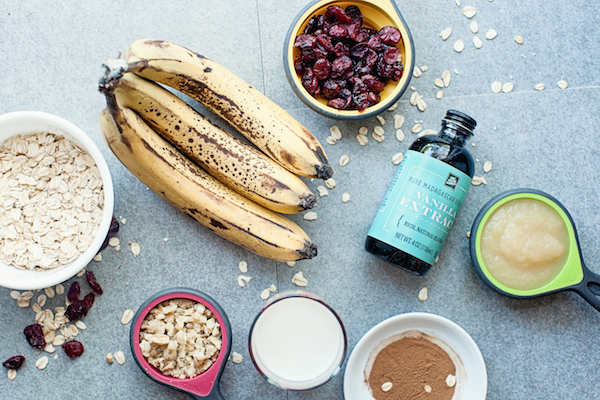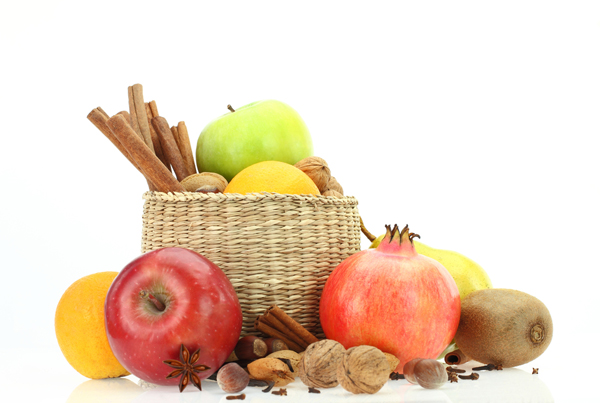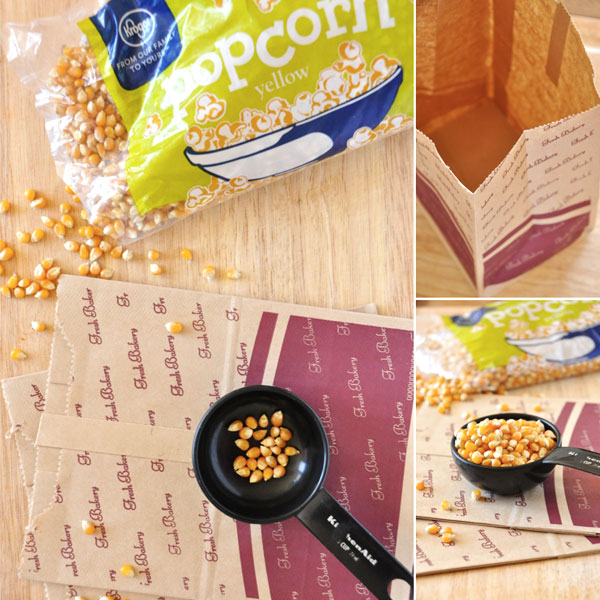I walked in to the grocery store a couple of weeks ago to grab a few things and ended up grabbing a few things not on my list. Who doesn’t? I stopped dead in my tracks when I saw the front fruit display had traded peaches for Honeycrisp apples. After months and months without eating any apples, I was beside myself with excitement as I loaded up four softball-sized apples at $2.99 per pound.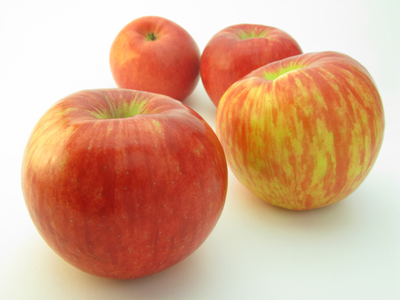
Yep. I paid a three dollar per-pound price for a piece of fruit. And so have millions of other people. I am part of the reason the Honeycrisp craze has grown in to a full blown obsession rivaling only those who camp out for the first pumpkin spiced coffee of the season. I don’t eat any other kind of apple, and until a few years ago it had been several years since I’d even touched one. Honeycrisps are unlike any apple you’ve ever tried.
The Honeycrisp was developed at the University of Minnesota’s apple breeding program in 1960. It was a cross of the Macoun and Honeygold, a hybrid of the two apples that took more than 30 years to move to market. Between 1960 and 1991, the apple that is now known as the Honeycrisp was identified, tested, and introduced to market in 1991. That was 20 years ago. So where has this divine piece of fruit been hiding? I asked David Bedford, a research scientist and lead apple breeder at the University of Minnesota. This is Mr. Honeycrisp.
Once the Honeycrisp was released in 1991, Bedford explained it was a very grassroots effort to get the apple out there. They had to sell the seeds to the nurseries, who then sold saplings to the orchardists, who then had to plant and grow the trees. These aren’t like tomato vines, they take time, years in fact. Once the Honeycrisp trees were planted they had three to five years before they were fruit bearing.
An apple with no marketing budget and just some excitable word of mouth has grown to be the fifth most grown apple in the U.S, according to Bedford. “It’s a hometown kid without much promotion.” The apple really took off and joined the mainstream, Bedford explained, after Washington state growers got a hold of it. “Sixty percent of apples in the country are grown in Washington,” he said. “When they get behind something, you see it go mainstream.” (more…)

